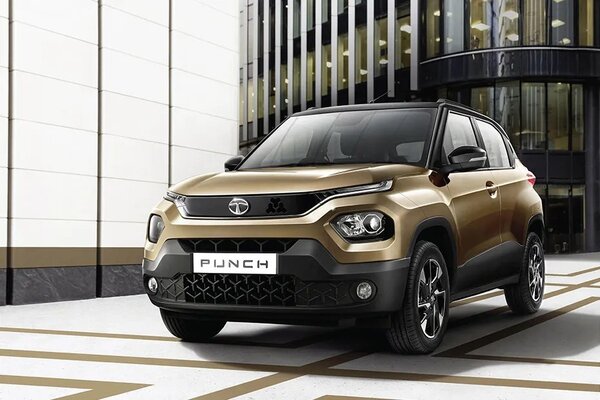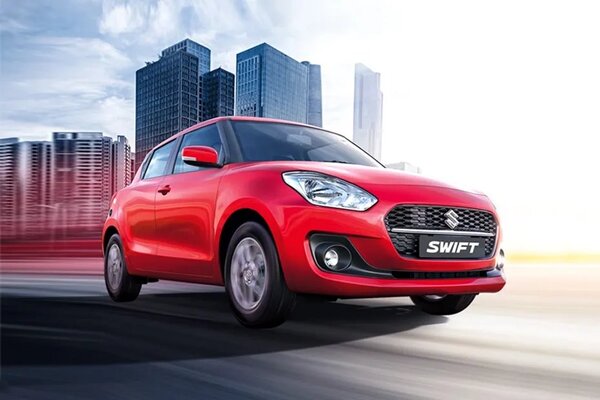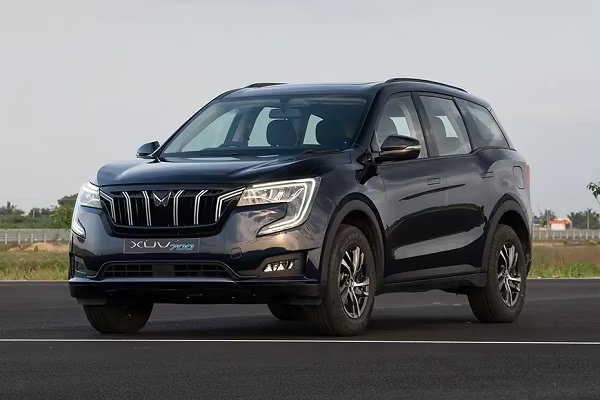Next-gen Mini line-up explained
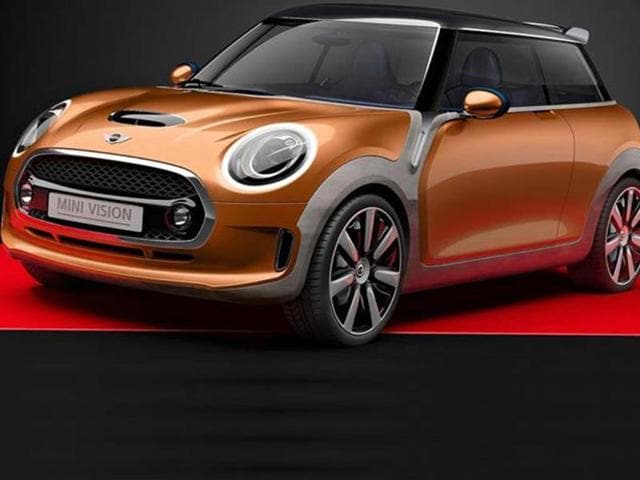

The third-generation Mini will make its debut at the Los Angeles motor show in November, and will usher in a range of body styles larger than ever.
The car is particularly important because it will be based on a new modular platform that's key to the success of BMW's small car programme. Despite this, Mini bosses are adamant that the new car should retain the character and "go kart handling" which have appealed to new Mini buyers globally over the last 12 years.
Trending Cars
Here we look at the secrets behind the 2014 Mini:
New variants
The third-generation of 'new Mini' will kick off with a three-door hatch, codenamed F56, at the LA motor show in November, followed by the five-door hatch (F55). The Mini Cabriolet (F57) has been given the green light for 2015, as has the Clubman Mk2 (F54) which will receive a pair of rear-hinged doors like the BMW i3. The Countryman (F60) and Paceman (F61) are also in the product plan, but there's no news about how the concepts of these will differ from today's models. Beyond 2016, an MPV is likely as is a roadster, possibly in the mould of the Mazda MX-5. These would likely take the missing F58 and F59 names in the sequence.


Lightweight construction
The UKL1 platform will be constructed largely from steel. Light weight aluminium and tailored blanks in high strength steel will be used throughout the inner body structure to increase rigidity. Despite this, Mini is remaining tight-lipped on whether the new cars will be lighter than the current models.


Design
BMW responded quickly to the leaked spy shots revealing an undisguised Mini and just over a month later, unveiled its Vision concept. The Vision's nose treatment is said to be close to the production model, and the LED 'ring' around the headlamps is likely to feature. Mini design boss, Anders Warming said the grille's styling is closer to the original and the wings are more "curvaceous". The production rear lights will be slightly larger than those of the current Countryman, but will be smaller than those fitted to the Vision.
Aerodynamics
The aerodynamics of the new Mini hatchback have been optimised in BMW's state-of-the-art wind tunnel. The facility has played a key role in ensuring it will be the most aerodynamically efficient car to wear the Mini name yet.


Interior
The interior will feature a number of displays, with those relevant for driving placed within view of the driver. Round analogue displays will be positioned behind the steering wheel, but the centrally mounted display will be retained for navigation and other non-essential information. Mini will offer a head-up display for the first time.
Assistance systems
Mini will draw on a new range of assistance systems, which will include full LED headlamps, a self-parking system and a rear parking camera. The current model's Mini Connected interface will be carried over, but will have more functions.
Powertrain
The engine line-up will centre around a 1.5-litre, three-cylinder, turbocharged engine, which is part of BMW's new modular engine family. These engines will develop between 120bhp and 190bhp. Cooper S and JCW models are likely to use a four-cylinder version developing between 200 and 280bhp. A Mini source said: "We will have a completely new range of petrol and diesel engines that set new class standards in economy and emissions".
No hybrid/EV
Despite the advances made in electric propulsion with the BMW i3, no all-electric, hybrid or plug-in hybrid Minis are planned. It is felt such models could confuse the all-electric message of BMW's electric i brand models. BMW and Mini will look to the most efficient diesel versions to provide a solution for motorists seeking frugality.


Transmission
Most new Mini models will be shipped with a six-speed manual gearbox, but it is expected BMW's smooth-shifting and efficient eight-speed torque converter automatic will be offered. With such a gearbox, there will be little or no impact on fuel consumption. Four-wheel drive will be an option on some models in the family, but it is likely the system will be restricted to high-performance variants.


UKL1 platform
The platform which will underpin the next-generation of Mini will underpin 15 new models, including at least six Minis. The platform represents a massive investment for BMW, but was necessary to provide the economies of scale required. It is estimated that more than 900,000 UKL1-based cars will be built per year. The platform will provide a number of wheelbase and seat height options, allowing a five-door hatchback variant for the first time. Despite the shared platform, to BMW Group's design boss says, there will be a marked difference in "how the new Mini steers around a corner".
Greg Kable, Hilton Holloway, Stuart Milne for Autocar UK







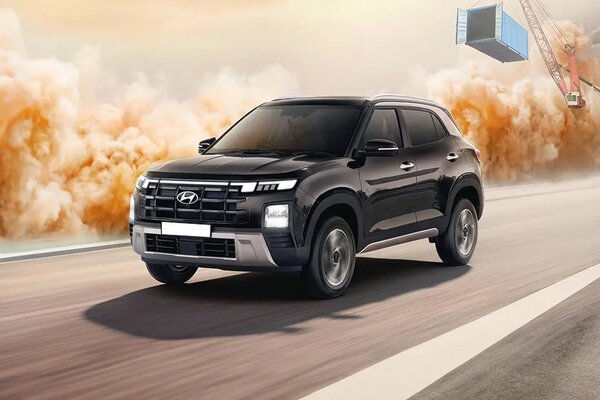
 1497 cc
1497 cc Multiple
Multiple
